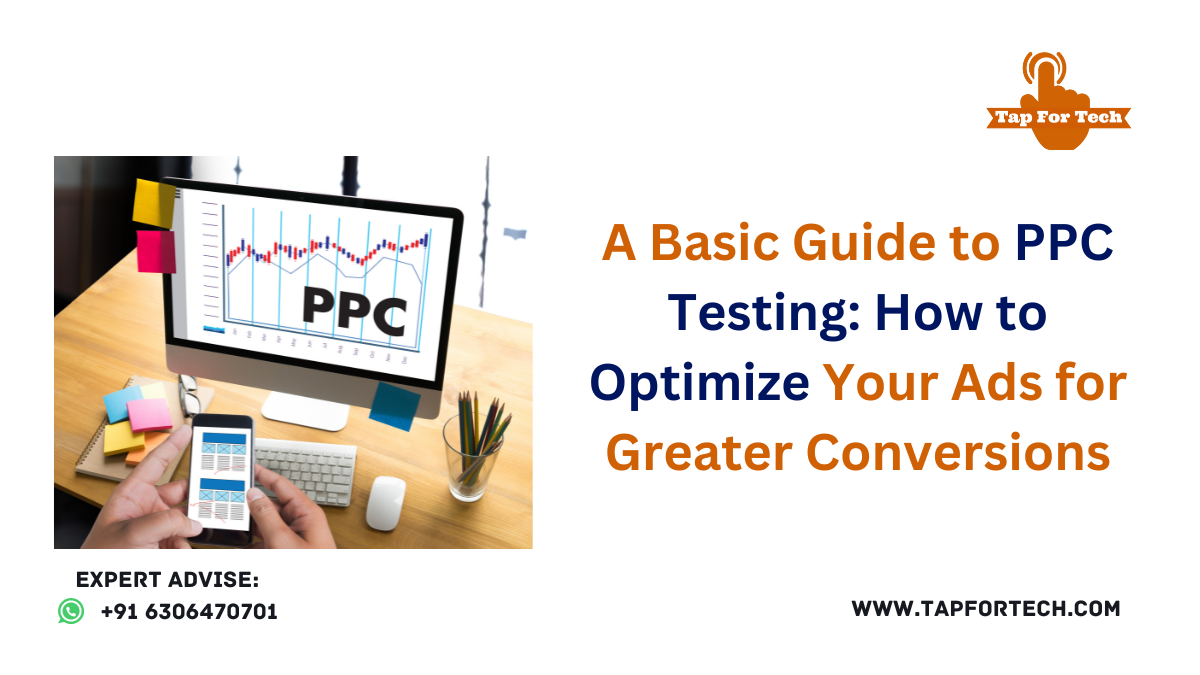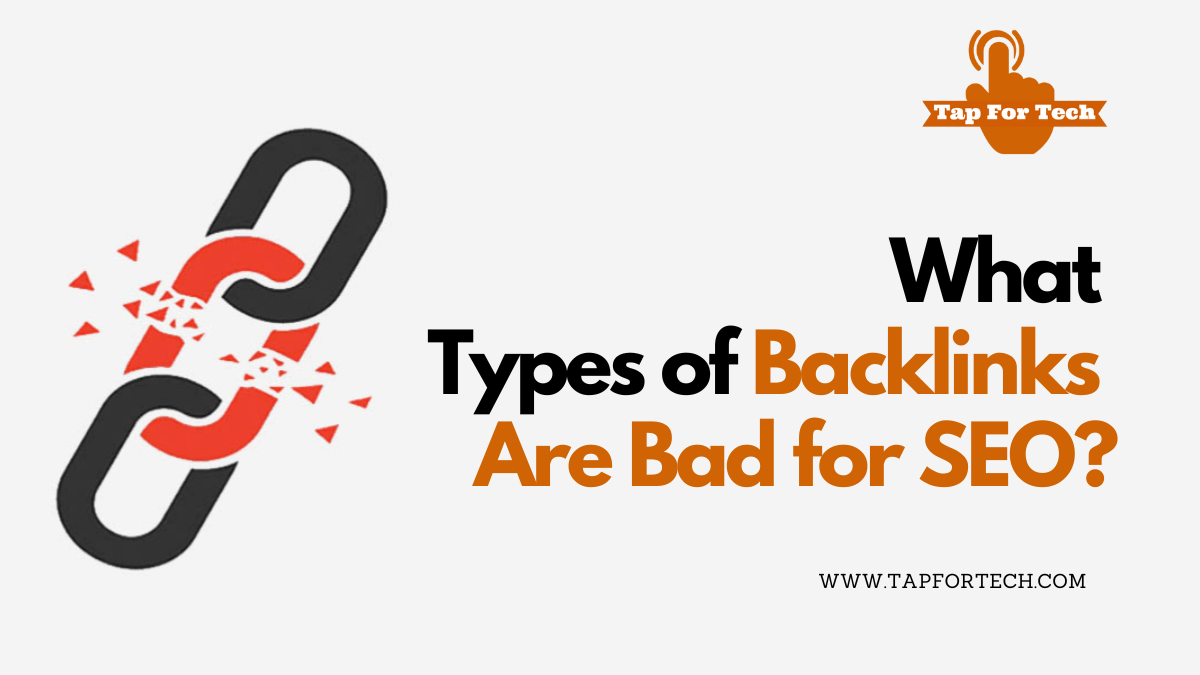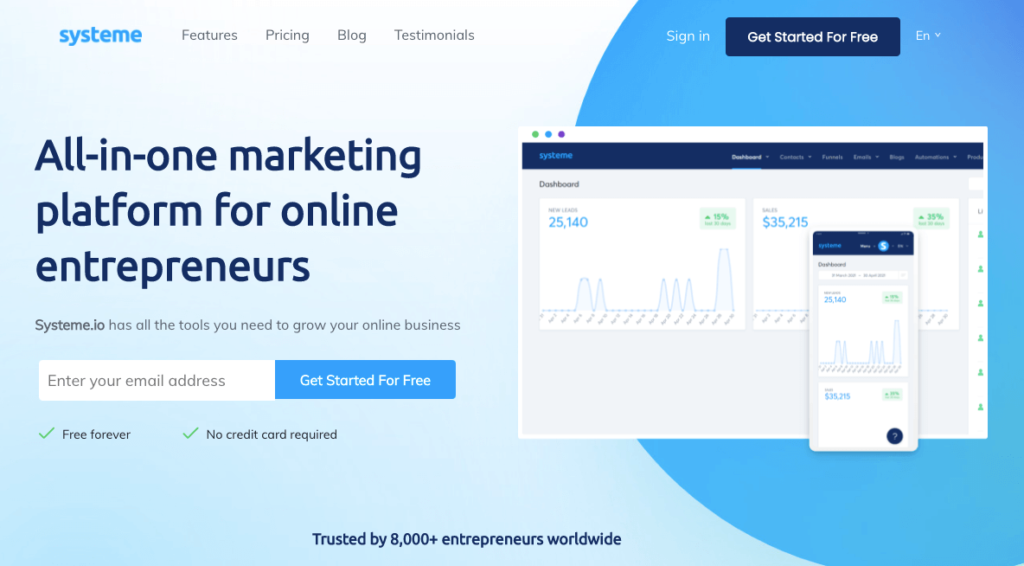What is AMP?
The Accelerated Mobile Pages (AMP) open-source project is essentially an HTML framework that runs on an open-source platform. Google created Accelerated Mobile Pages as a competitor to Facebook Instant Articles and Apple News, both of which are linked to Google rankings and search results.
Accelerated Mobile Pages is also optimised and designed for a variety of mobile web browsing experiences, and it aids in the rapid loading of web pages. The main goal of Google’s AMP project was to improve the mobile web browsing experience by allowing web pages to load faster than usual.
It was an open-source project, and the technology behind it makes it possible for lightweight web pages to load quickly, improving the user experience. Accelerated Mobile Pages is designed and developed in such a way that it speeds up the web page and provides a user-friendly experience that any user would prefer while browsing.
Although AMP has some limitations, many tags that can be used on a regular web page cannot be used with it because it is a stripped-down version of HTML that requires a lightweight version of CSS to load the content because it only has a limited Java script library.
According to Google’s recent statistics, Accelerated Mobile Pages uses a tenth of the data to load web pages, allowing them to be fully loaded in under a second.
ALSO READ — How Will Google Analytics Changes Affect Your Business?
What is the use of AMP in SEO?
Accelerated Mobile Pages play an important role in SEO because they speed up the loading of web pages and improve the functionality of a website, giving any user a smooth and flawless experience.
Apart from that, it is advantageous to SEO for the following reasons.
1- Engages the users
When AMP is linked to search engines, users are more likely to engage with the website.
It attracts users by making the web page more interactive, and it works well with lightweight content for mobile users even if the users don’t have a stable internet connection.
As a result, the web page loads quickly, allowing visitors to stay longer on your site by grabbing their attention.
2- Increased web traffic and ranking
The Google algorithm prioritises AMP, which has an impact on the ranking of your AMP-related web pages. It also aids in increasing the visibility of your website on search result pages, resulting in more organic web traffic for your site.
3- Reduces bounce rates
A higher bounce rate is not a good sign for your website because it is the percentage of visitors who come to your site and leave without doing anything or scrolling through other pages.
By loading web pages quickly and increasing user engagement, AMP helps to reduce your website’s bounce rate.
4- Higher ad views
AMP is a stripped-down version of HTML that is coded in such a way that it increases the overall usage of banners and images, resulting in a higher viewability rate and providing more opportunities for the publisher or webmaster. It will also assist in the monetization of your content because more ad views means more opportunities to earn money.
5- Escalated click-through rates
When any user searches for a topic they are more likely to click the top results that are being showcased on the search engine result page (SERP) and which is why AMP increases the rate of click-through search because it lists your website on the top of SERPs.
ALSO READ: How To Use Youtube SEO For Freelance Business
How to use AMP for Google ads?
Apart from the numerous advantages that AMP offers, you can also use it in conjunction with your Google ads to improve and streamline the experience.
The steps to set up your AMP with Google Ads are listed below.
1.Go through the Google Ads guide
You can go through the step-by-step guide on Google Ads to generate the AMP version for your website’s landing pages before you start with the setup.
The Google Ads Developer Guidelines for AMP Pages contains the guide.
2.Mobile Friendly URLs
After the AMP version of your landing pages is created, you can create your new mobile URL and treat it like any other landing page on your mobile device. For your text ads and keywords, add your AMP page URL for your mobile URL.
3. Link AMP page url to Google Ads
Once you’ve completed the basic setup, you can link your AMP page URL to your Google Ads account to get the best results. It will improve your SERP visibility and allow you to get the most out of your Google ads.
4.Authenticity of AMP pages
You should double-check that your AMP pages are valid because they may not meet the Google Ads developer guidelines, resulting in invalid AMP pages that will take longer to load than any other landing page because they will not be cached.
5. Tracking your AMP pages
The last and final step is to track your AMP page wisely in order to keep a watch on your activity and growth and make sure that your page is leading in the right direction.
ALSO READ: What Is Local SEO and How Does It Work
Conclusion
Accelerated Mobile Pages (AMPs) are open-source projects that can speed up the loading of your website’s pages, increasing user engagement. Apart from that, AMP provides a slew of other advantages for your website, so that’s all you need to know.









































































































































